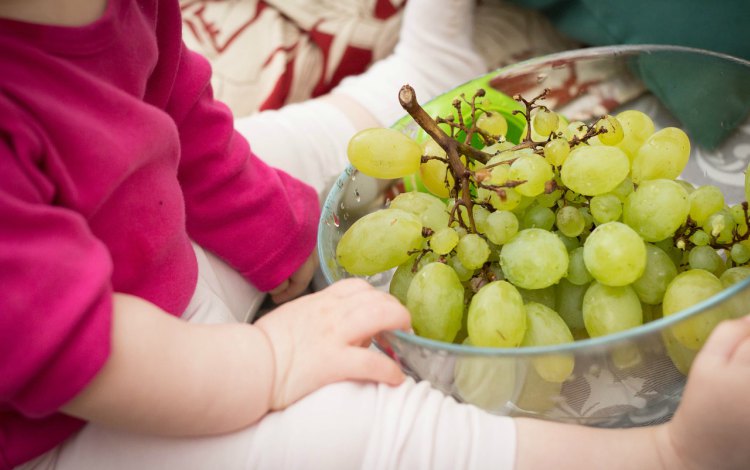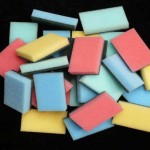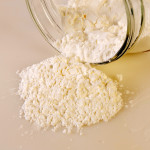
Eco-friendly baby foods

Identifying healthy foods for our babies or toddlers, and then making them eat what we choose, are among the toughest tasks for a new mother. This combined with all the other directions that mothers are pulled in (home makers and professionals alike), is what has driven the success of the packaged baby food industry. The convenience and the big brand quality assurance, take at least this pressure off us, and we can be rest assured that one or two meals a day are going to be as simple as opening a box, and mixing things with water. This is amazing value.
However, the rise of the packaged baby food industry has raised the hackles of many natural food proponents with a serious debate over the nutritional values of both raging across the globe.
The purpose of this article is not to discuss the value of packaged vs. unpackaged food from a nutritional standpoint since there are several experts out there already doing so, but we are inclined to recommend fresh, unprocessed food over processed food, simply because of the packaging waste that is created. Bottles, jars, cardboard boxes, cellophane wrappers, plastic spoons – the list of waste produced each time we buy packaged food for our kids is humongous.
So let’s look at the reasons why we think you should be opting for unprocessed food for your kids:
- It’s economical: your kids eat what you eat and what is readily available in the house, and they develop habits that last them a lifetime. No special effort or purchasing needed.
- It’s easy to make and store: This is one of the main reasons why packaged food is so popular – but you’d be happy to know that it’s actually quite easy to make food for kids that you can store. Food such as cereal that can be mixed with water or milk to feed kids.
- You know exactly what’s going into their bodies: There are no hidden ingredients, no added salts or sugars, fillers etc. What ever your child eats, you know about.
- It’s almost Zero waste: Except for what your child may not eat, which can then be composted easily, eating fresh food creates no additional waste (which otherwise would clog our landfills and pollute the air).
We’ve put together some simple recipes for you (and there are lots more available on the internet)
6-8 months
- Dry rice cereal: In India the first solid food that we feed the baby is usually rice cereal. You can easily make this at home and store it. Here’s how it’s done – thoroughly wash brown rice (high nutritional value), sieve it and leave it to dry in the sun for half a day. Blend it to the consistency you want (based on the child’s age), and roast it with ghee. Once done, let is cool off, and store it in an air tight container or in the fridge to improve shelf life. It can easily last a full week, and just needs to be mixed with hot water or milk (formula or breast milk if you prefer) when you want to feed your child. Blend it to a fine powder and refrigerate it for longer shelf life.
- Ragi / Oats cereal: Similarly you can create cereal using Ragi and Oats as your child becomes slightly older.
- Fruits and Veggies: Boiled and Pureed Veggies and Fruits are commonly fed, and are a great substitute to the over the counter fruit jars that are now available across many stores selling imported foods.
10 months and above
A baby’s progress from pureed food to finger foods is as much about touch and feel, and their fine motor skills as it is about nutrition. How the food feels is in fact an important decision criteria for small children. Here are some simple finger food recipes.
- Chickpeas and Kidney Beans: Soak chickpeas for at least a couple of hours and boil them till soft and mushy, essentially so that it doesn’t cause discomfort during digestion. Filter the chickpeas out of the stock, add a dash of black salt and lemon juice, black pepper according to your child’s taste, and then leave the plate in front of him/her and see the magic happening. The same can be done with boiled kidney beans too. Find colorful foods, and let them have a go at it!
- Homemade Paneer: Cut cubes of homemade paneer, or the crumbled ‘chhenna’. See what your baby enjoys more.
- Steamed Carrots, Cauliflower and Peas: Introduce vegetables in a way that the child takes to them naturally without being forced to eat. Brightly colored vegetables are a great place to start!
- Boiled potato diced and doused with butter: More drool worthy than packaged smileys or french fries, just try it out

To take things one step further, buy Organic produce as far as possible, and as long as you’re cooking fresh, you know that you’re not consuming any other chemicals that go into preserving foods.
There is no dearth of ideas and recipes, to get your kids to eat natural, unprocessed foods easily, as long as that’s what you’d like to do. Try it out, we know you’ll love it!












